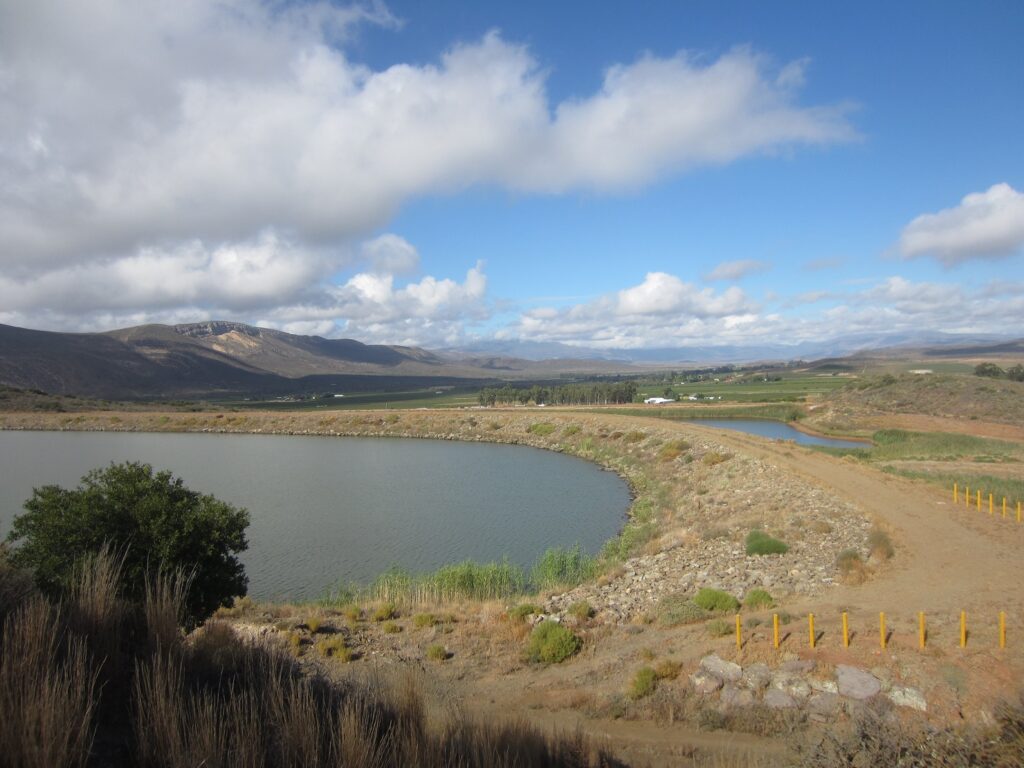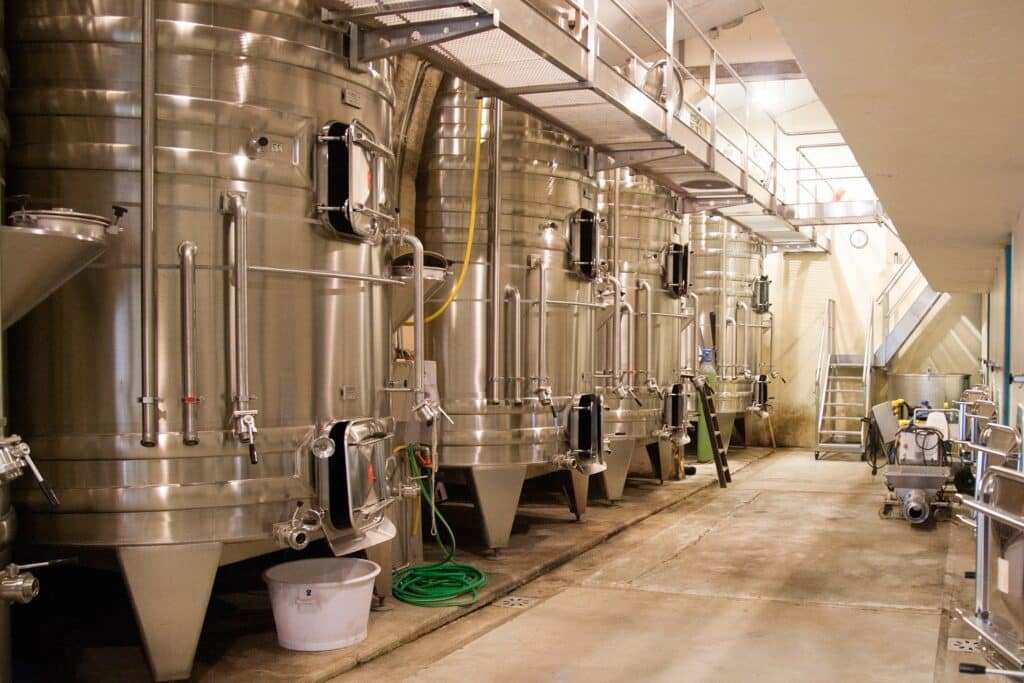Read Technical
More results...
In-field fractional use of winery wastewater with raw water (Part 3): Soil responses
The aim of this study was to determine the effect of in-field fractional use of winery wastewater with raw water for vineyard irrigation on the chemical status of different soils to assess the fitness for use of winery wastewater for irrigation of different soil types with varying rainfall.
Plant-based proteins in oenology
This article aimed to describe the characteristics and main oenological effects of pea and potato proteins and to evaluate their performance.
Vergelegen innovates with new Cabernet Sauvignon plantings and trellis system
Vergelegen Wine Estate in Somerset West is making strategic investments in new Cabernet Sauvignon plantings, and experimenting with an alternative trellis system, as part of its ongoing commitment to expressing its unique terroir. This initiative also supports the renowned estate's focus on sustainable viticulture.
Confronting Climate Change
The 2024 Confronting Climate Change industry benchmark process builds on 2022 - 2023 datasets and provides a meaningful platform for the South African fruit and wine industries to improve their understanding of the use of fossil fuel-based resources and to reduce emissions over time.
Vine and wine innovation watch: E-aphrom – a digital sensor for secondary fermentation
This article presents the e-aphrom’s working principle and interface and provides an example of the device’s application in a real scenario.
Understanding and controlling Phomopsis (‘streepvlek’) in Western Cape vineyards
The primary aim of this project was to identify the specific Diaporthe (= Phomopsis) species responsible for Phomopsis cane and leaf spot (‘streepvlek’) and to assess the efficacy of fungicides currently in use.
In-field fractional use of winery wastewater with raw water (Part 2): Irrigation application, water quality and nutrient load
The primary objective of this project was to assess the fitness for use of winery wastewater for irrigation of different soil types with varying rainfall quantities and leaching levels on vineyard performance in terms of yield and quality under field conditions.
Tips for additions
Several guidelines have to be followed to ensure that additives and processing aids are correctly added to grapes, juice, fermenting must and wine, in order for these products to work optimally.
Centennial celebration and congress of the International Union of Soil Science
In the last 10 years the word “carbon” has enjoyed preferential attention in terms of soil health among researchers and the media. However, the question is: is this just a trend, and what will be the outcome(s) of this trend?
Practical considerations concerning wine hoses
The correct handling of wine hoses is critical, because it can affect the quality of wine.
In-field fractional use of winery wastewater with raw water (Part 1): Plot selection, augmentation and climatic conditions
A field study was necessary to investigate the use of winery wastewater for vineyard irrigation to determine the sustainability of such a practice in other environments.
High(er)-throughput evaluation of novel grapevine material for important traits
In a South African wine industry-funded study, researchers focused on selecting and screening ‘untested/poorly tested’ rootstock material for abiotic stress-resistance phenotypes. The study also evaluated disease-resistance phenotypes of potentially valuable grapevine material.











